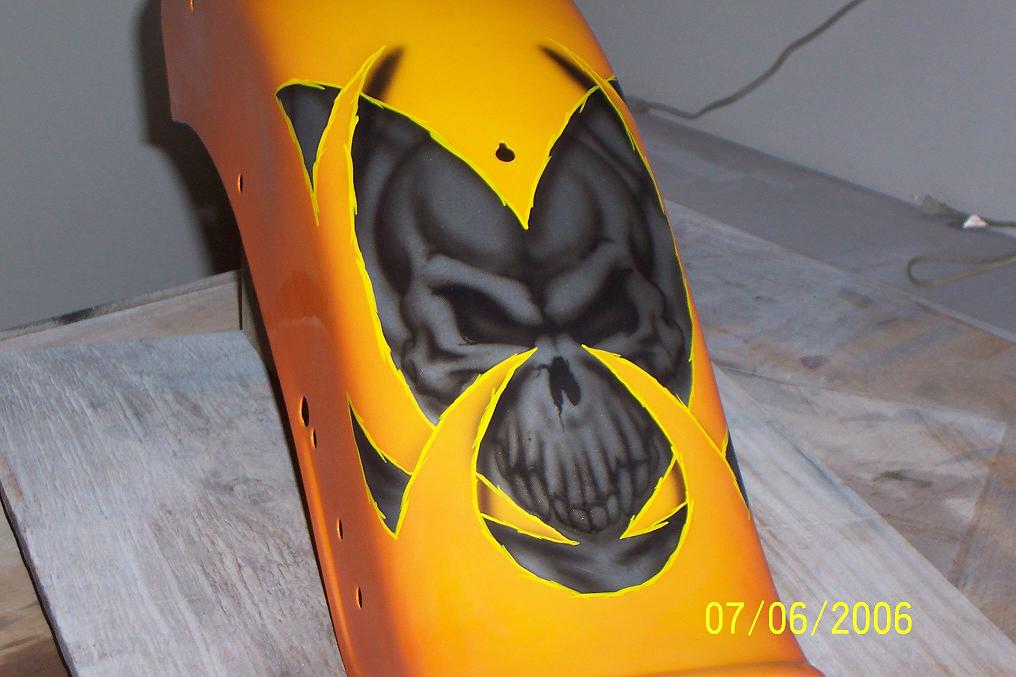
 |
|
||||||||||||
|
|
|||||||||||||
|
|
|||||||||||||
|
|
|||||||||||||
|
Pigment particle shape, dispersity and specific surface area The shape of the pigment particles depends on the method of production and further processing. The shape of the particles also influences the properties of the pigment. Weathering resistance, hiding power, oil absorption capacity and some other aspects of pigment depend on the shape of the particles. A pigment particle can be cubic, needle-shaped, spherical, flake-shaped, granular and lamellar. But this does not mean that all particles of the same pigment will have a strictly defined, identical shape. Some of them may even be knotty (sometimes, during heat treatment, the pigment particles may join together). Pigments with a flake and needle shape have the best set of properties. Needle-shaped particles act as a reinforcing component of a paint coating, improving its mechanical properties and weather resistance. Flake-shaped aluminum powder particles have a flake shape. This shape improves the weather resistance of the paint coating (better than the weather resistance of the needle form). The point is that the flake pigment particles float up in the coating layer and are positioned parallel to the surface to be protected. Such arrangement of the pigment contributes to reduction of water-, dust- and gas permeability of the coating, increase of weather resistance. It also increases the reflectivity of the coating, i.e. the painted product is less heated. Dispersity is a very important characteristic, which shows the degree of fragmentation of particles. Dispersity increases with decreasing particle size. Powder can be monodisperse or polydisperse. A monodisperse powder is when all the particles are the same size, but this is very rare. Most pigments are polydisperse (different sized particles). The dispersity index of a pigment directly affects the economy of its application, protective and optical properties of the paint coating. If the pigment is ground very well, it is called micronized or micronized. They are obtained by ultrafine grinding in jet mills. There is another characteristic of pigments (and other powders): specific surface area. The specific surface area of pigments is often expressed in m2/kg or m2/g. The value of the specific surface increases with increasing dispersity of the powder. The specific surface of iron oxide is 11 m2/g, titanium dioxide is 8 m2/g, chrome oxide is 3 m2/g. If the powder has very high dispersibility, as, for example, aerosil, its specific surface area can reach 17 - 340 m2/g. Optical properties of inorganic pigments The color of inorganic pigments is one of the most important optical properties. It determines the color of the paint coating. The color makes the coating attractive and can also have an effect on the protective properties. For example, a coating of white will reflect from its surface all the incident light, and the coating will not heat. By color, all inorganic pigments are divided into: chromatic and achromatic. Chromatic pigments are all colored, i.e. colored pigments. Achromatic pigments are non-colored substances, i.e., white, black and neutral gray. An important characteristic of white pigments is their whiteness (how close their color is to perfect white). The color of achromatic pigments is characterized by their reflection or absorption indices. The color of all chromatic (colored) pigments can be characterized by three indicators: brightness, saturation and color tone. Luminance (or lightness) is characterized by the amount of reflected light. Color purity or saturation is the degree to which the color is close to spectral. The wavelength which dominates the reflection spectrum of the pigment determines the color tone. The refractive index affects hiding power (one of the most important technical properties), i.e. the reasonableness of the pigment and its cost-effectiveness. The refractive index depends entirely on the crystal structure of the pigment. The refractive index increases with increasing packing density of structural units of the crystal. Hiding power of pigment is its ability to create opaque layer of coating material (so that treated surface cannot be seen under the layer of coating material). With the increase of pigment hiding power the consumption of the coating material decreases, and the coating material itself becomes cheaper. It is expressed by the weight of the pigment per unit of the surface to be coated. |
|
|
|
|
|
|
|
| Site Map |